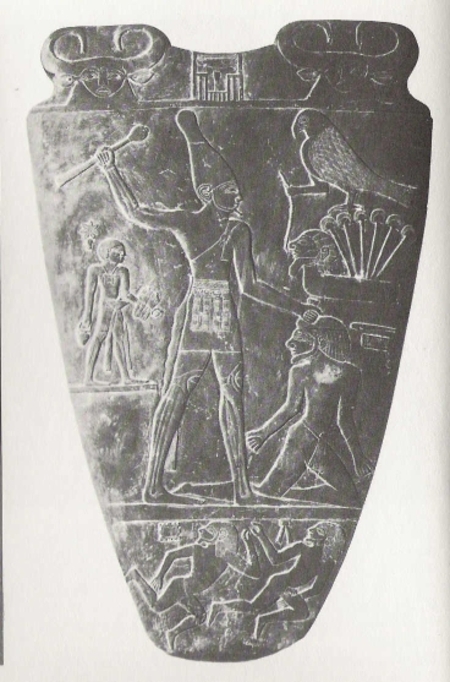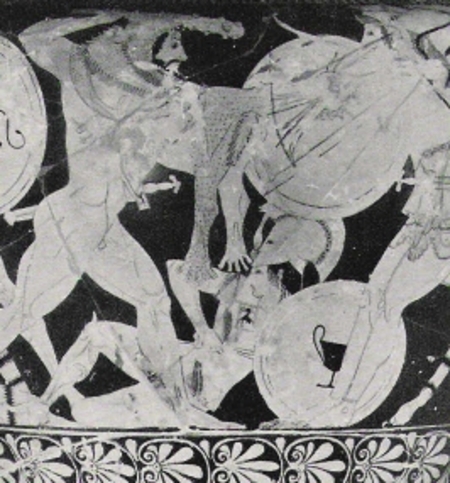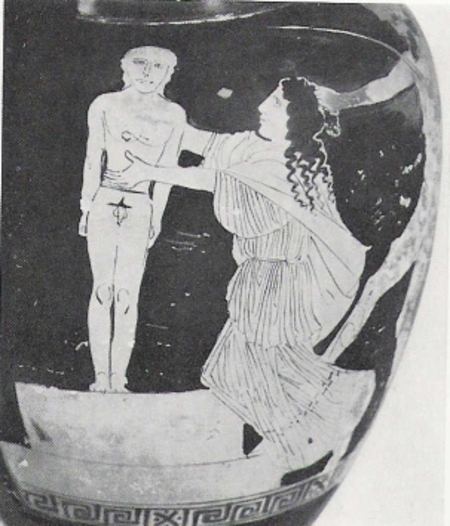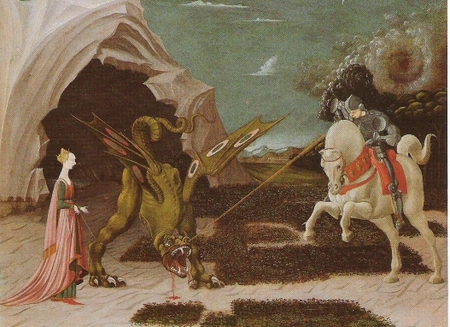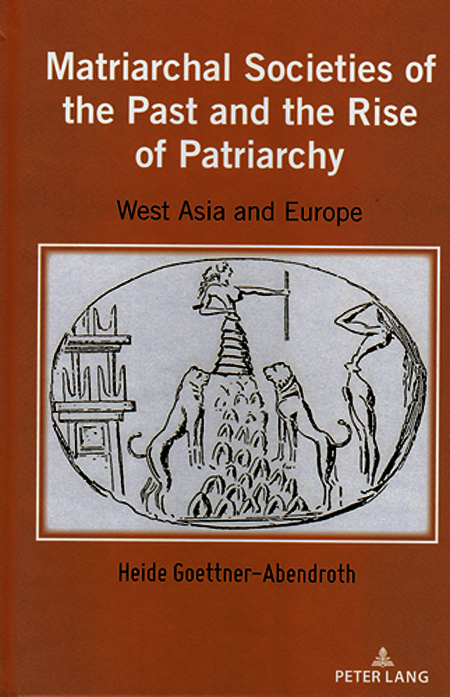Notes on the Rise and Development of Patriarchy
(Heide Goettner-Abendroth)
Translation Solveig Goettner and Karen Smith
My subject has three parts: first, I am concerned with the concept of power in matriarchy, second, with a thesis about the rise of patriarchy, and third, with the concept of power in patriarchy. It is necessary to know something about the patterns of power in matriarchy, as we cannot understand the development of patriarchy without knowledge of the non-patriarchal societies they originated from.
Power in Matriarchy
I first want to define what is meant by “power”. Often, a negative feeling is connected with the concept of "power", a feeling that in fact is related only to the abuse of power. What then is power when it is not abused? I want to substitute “power” with two different concepts, ones that are more precise. On the one hand, “power” has the meaning of “domination” or “usurped authority”. On the other hand, “power” can mean “to possess authority/fortitude/dignity as a property of nature in one’s personality”, i.e. “natural authority”.
Both terms refer to patterns of power. Domination is the relation between someone giving commands and someone else obeying them. Since nobody obeys commands voluntarily, the commanding person needs an enforcement staff or structure such as the police, army, the law, prisons, tributes or taxes to compel obedience. These forces imply not only direct violence exerted through the fist or weapons, but also legalized and hidden violence that forces people - especially women - to do things they actually do not want to do.
In the other hand, natural authority is not based on an enforcement staff or structure. In matriarchal societies, the clan mothers or matriarchs clearly have natural authority, even though they don’t have any policemen to enforce their opinions. Natural authority is the relation between someone giving advice and someone else accepting it voluntarily. The result is a completely different social structure, one that has different principles than a society based on domination. According to ethnological reports about matriarchies, the advice given by the elders is generally accepted.
Criticism of Arguments about the Rise of Patriarchy
In this section, I am concerned with the question of what has caused the change from the matriarchal form of society to the patriarchal form of society, i.e. from societies based on natural authority and voluntariness to societies of domination. This question can only be answered, if the many constituent causes which have led to such a complicated and long-lasting process of transformation are taken into account. This process of transformation took place on different continents all over the world, over a period of 6000-7000 years, and continues until today. At different times during this period, new and different constituent causes effected multiple changes.
It is a myth that domination and patriarchy are universal. This is merely a pillar of patriarchal ideology. On the contrary, patrilineal genealogy, as well as the patterns of domination, are dependent on so many interrelated pre-conditions that long periods of time had to pass before these forms of social organization were invented and perfected.
Let’s look at some of the theses about the rise of patriarchy and their merits.
Notes on the Rise of Patriarchy
We come back to the initial question: how did such a historically far-reaching process of patriarchalization come to pass? This includes the question about the rise and establishment of domination, because “domination”, derived from the Latin word dominus (master), has always been man’s business. The processes of transformation from matriarchy to patriarchy took very different courses on different continents. For example, we know which factors led to the destruction of the matriarchal society of the Iroquoian culture and other North American indigenous cultures. It was the aggressive invasion and conquest of the North American continent by Europeans and the superior arms they brought with them. We also know which factors are destroying the remaining matriarchal societies in the world today: colonization, Christian missionizing, industrialization, capitalist globalization, and mass tourism in the countries of the so-called “Third World”. We do not have to wonder about these examples, they are matters either of historical record or present reality. They show the complex of causes that effect the destruction of matriarchal cultures.


